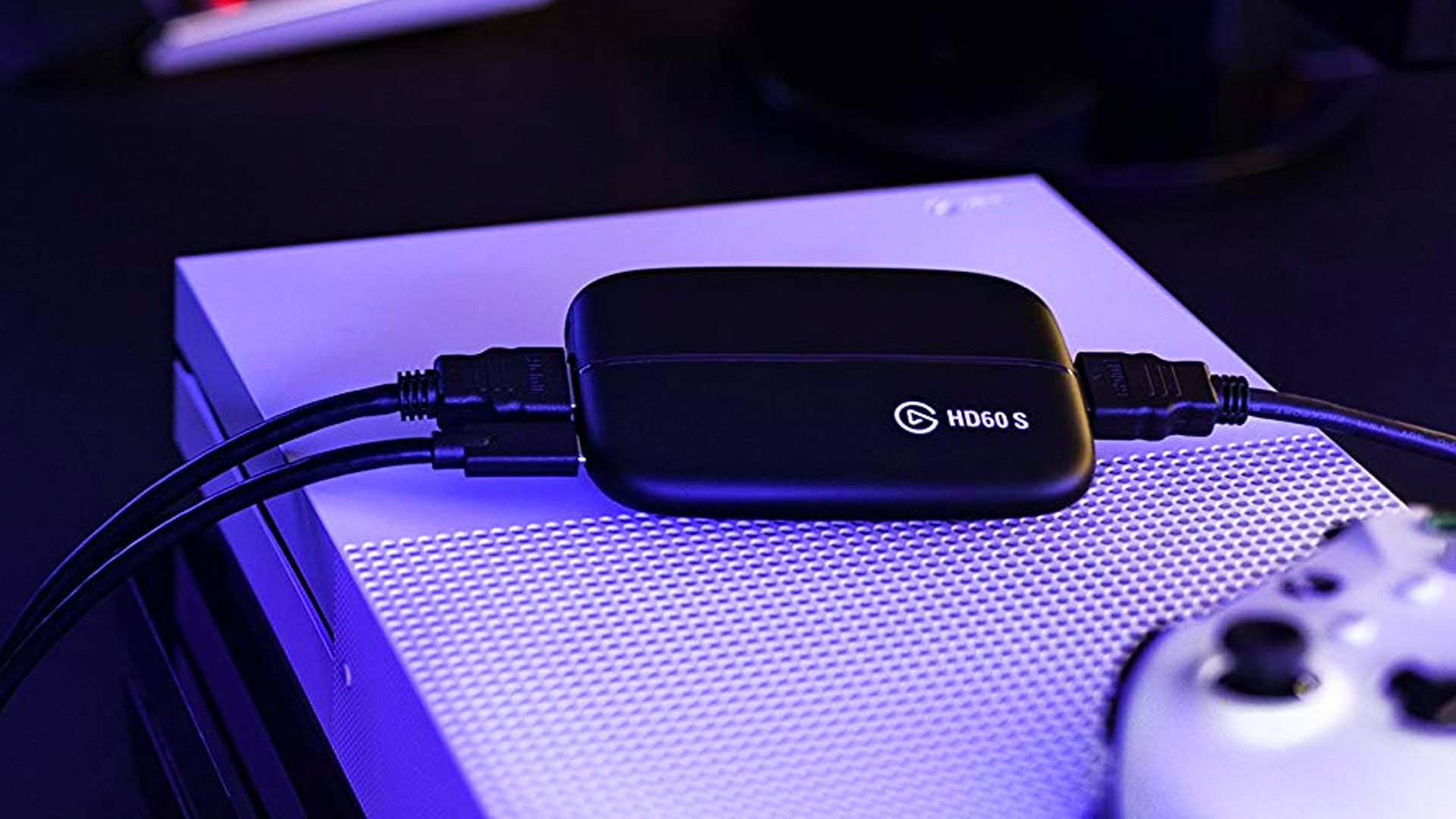
Though, $200 still feels a little too expensive for something without a mic and with such a conservative external design. But the Facecam does offer the cleanest picture quality I've seen in a good long, which alone merits its top marks. I still think that honor belongs to the Logitech StreamCam because it offers more versatility for content creators and also only costs $150. So, after the long wait, is the Elgato Facecam the best webcam out there? Though I look forward to seeing how Dell's 4K camera stacks up. If you're still torn on the two, let me just say for the record, the Facecam beats out Razer's offering, hands down. The Elgato Facecam also wins out by just looking better overall compared to Kiyo Pro's odd fisheye effect at higher FOVs. The Facecam gets the slight edge when shooting in my dimly lit living room/office when directly comparing the two. I tested the Facecam in a lower light setting to see how it hangs against the Razer Kiyo Pro, itself a webcam that specializes in making places with terrible lighting look better. The camera itself uses a Sony STARVIS sensor, a slice of silicon traditionally used in security cameras optimized for low-light environments. Why bother adding a feature that almost universally never gets used, especially when you probably already own a pretty good microphone? The omission of a built-in microphone also proves that Elgato is hyper-targeting the Facecam to the streamer. I, for one, will not be mourning the loss of a crappy microphone, and neither should you if you're going to spend $200 on a new cam.Īfter all, there are a host of great budget microphones if you're looking to save a buck or two. The microphone's distance to the speaker is often too great and will pick up every sound in the room. It's a bold move, but then again, Elgato knows its intended audience will rarely use a webcam's built-in mic when streaming. And all without needing to bump down your resolution or frame rate in programs such as OBS.Įlgato even solves the problem of terrible sounding microphones on webcams.

Without getting into a deeper conversation about encoding and compression, the short version is you'll have a final video output with less artifacting with the Facecam than you would when using most other webcams. The Facecam offers uncompressed video at 1080p/60fps, which is a pretty huge deal and might be the biggest reason streamers will want to pick this thing up.

Thankfully, it's what the camera actually does that will help set it apart. I will admit I was surprised to find that Elgato has gone with a rather safe design for the look of the Facecam, making it seem like a more traditional webcam. Interestingly enough, these three webcams are all aimed at different types of user and environments. At $200, the Elgato Facecam finds itself at the same price as Razer's premium webcam, the Kiyo Pro, and the soon-to-be-released Dell UltraSharp 4K.


 0 kommentar(er)
0 kommentar(er)
